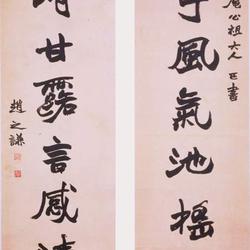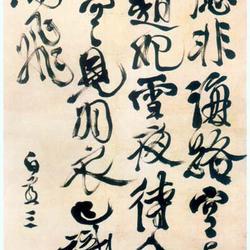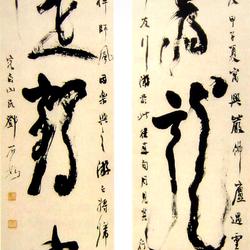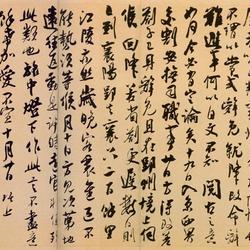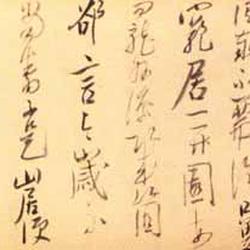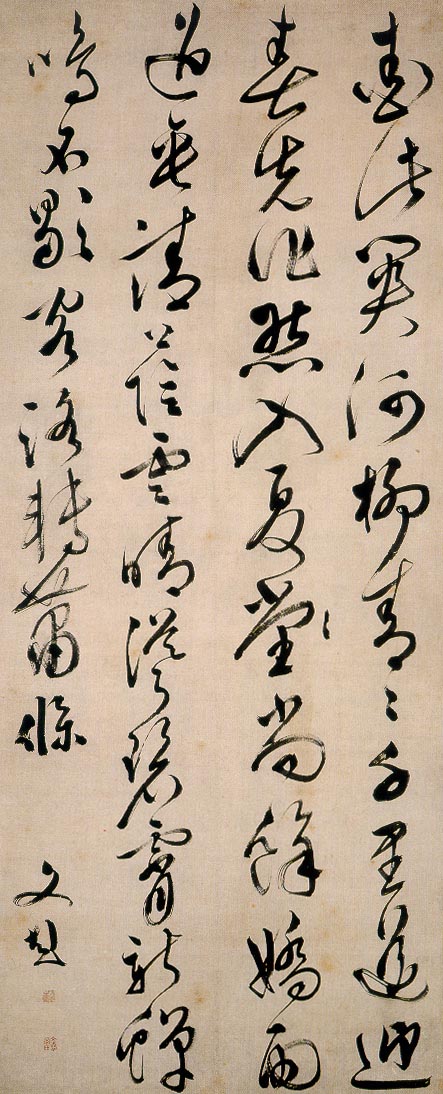
Appreciation of works
A closer look at this piece of calligraphy shows that Wen Peng was born out of his father, who came from Jin and Tang ("Two Kings", Sun Guoting, etc.), combined with Song and Yuan (Huang Tingjian, Zhao Mengfu), and adopted Fa Shiyan (Zhu Yunming, etc.). The ancients are new, and hundreds of schools of thought are melted together, but they are seamless and have their own style. His brush strokes are centered on the center, not evasive, refer to the official method, and mostly adopt horizontal strokes. They are in strong contrast with the vertical axis shape without violating it; the knot characters may be big or. Small, occasionally involved, but the Qi and pulse are smooth, reflecting freely, as if invisible threads string up scattered beads, and like a graceful beauty adorned with ornaments. Throughout the text, the changes in inner rhythm and rhyme are expressed through the rapidity and slowness of the brushstrokes, the shrinkage and verticality of the dots, and the solidity and liveliness of the knots, allowing the human body to experience the ups and downs of the calligrapher's emotions, leaving the viewer in a static state. The repeated rubbing of the picture creates a dynamic experience, which not only opens up a vast aesthetic space, but also forms a profound and distant aesthetic time (process). Scholar Qian Mu said that the only arts that express the personality of the creator Yang Fu with less material are music and calligraphy. By appreciating the famous monuments of the Forbidden City, it can be confirmed that the art of calligraphy not only shows the strength of shape, but also combines the beauty of music. When Wang Shizhen of the Ming Dynasty talked about Wen Peng's calligraphy, he said that it was "impaired and weak". This work seems to be also suspected of being "slow and weak". Due to the carelessness of the brushwork, the stippling of a few numbers (such as "hua", "ji", "peng", etc.) is weak. In addition, the word spacing between the upper part of the third line and the last line is too large, and the poor words make the lower left part empty, which is not in harmony with the tight word spacing and sparse line spacing of the entire chapter. These all affect the expression of the calligrapher's poetic feelings and the artistic charm of calligraphy. But in general, Wen Peng's calligraphy is free and interesting, and he can be called a master in the calligraphy world.

